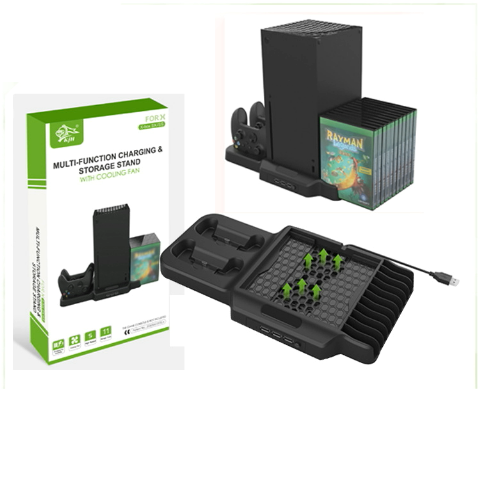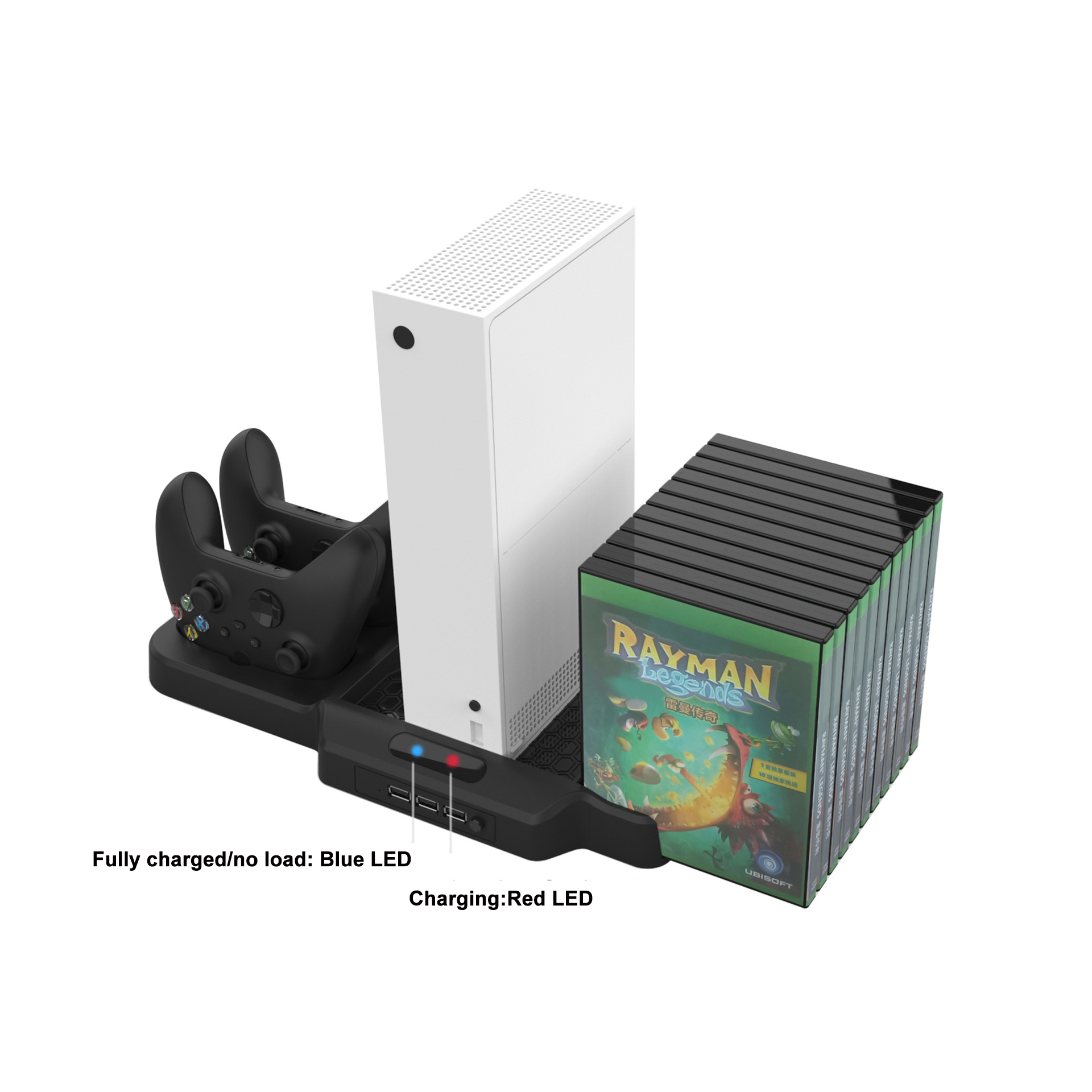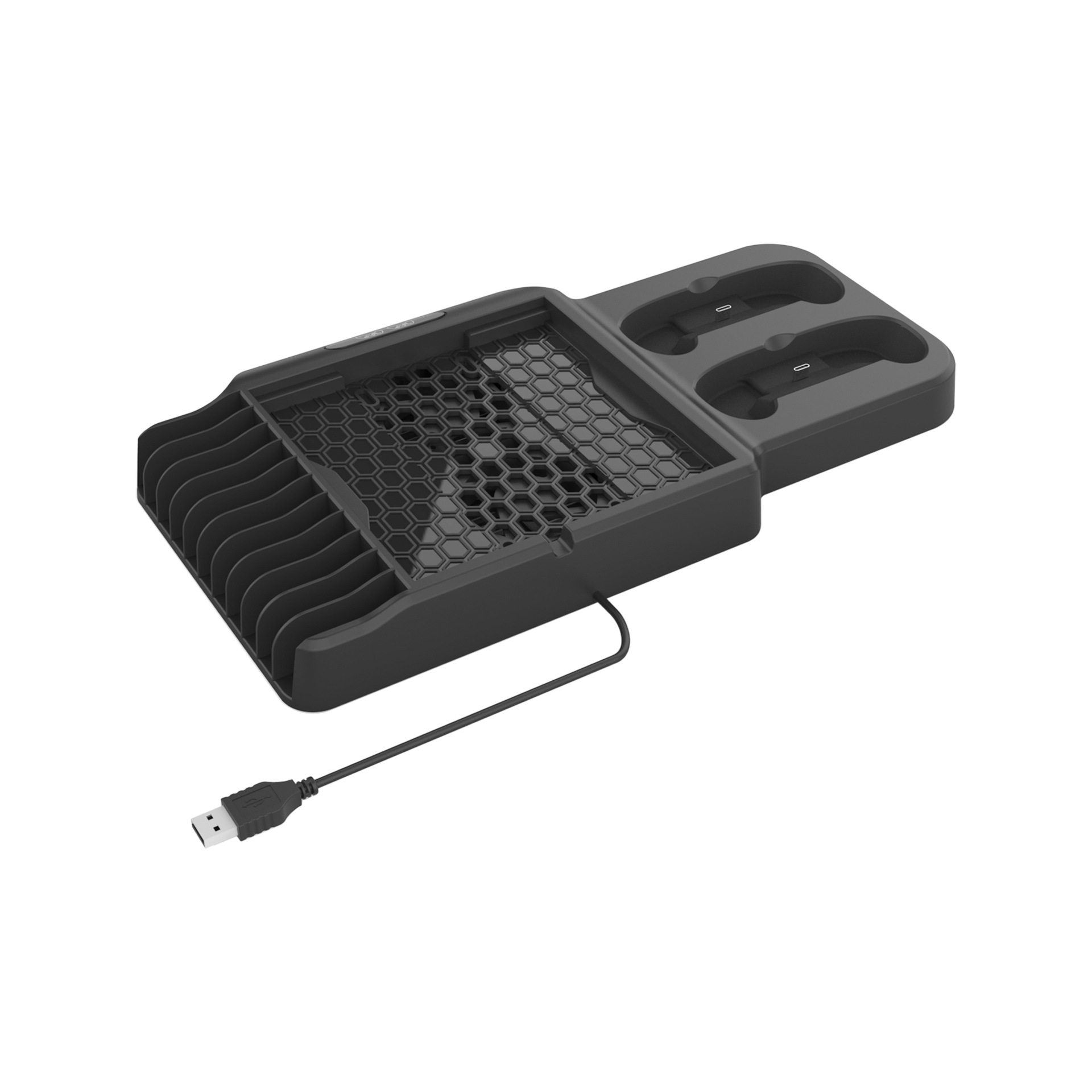This article refers to the address: http://
2) performance of the MCU and the terminal;
3) Design of the conference room.
The so-called QoS refers to the ability of a network to provide better services for a specific network traffic through multiple technologies. Its main purpose is to achieve priority control, including bandwidth, delay, jitter, and packet loss. Almost all networks can take advantage of QoS to get the best efficiency.
In actual network planning, network devices (such as routers) are required to provide QoS guarantee mechanisms through various technologies by means of complex traffic management systems, and different priority levels are classified according to service types, such as voice optimal, video second, At the end of the data, network resources are then allocated based on these priority levels.
Second, the performance of MCU and terminal
1, video and audio codec technology
Video and audio coding technology is a key technical indicator of video conferencing systems and an important factor affecting the effectiveness of the conference. At present, the video coding technologies used in video conferencing systems mainly include H.261, H.263, H.264, MPEG-2, MPEG-4, etc. The audio coding technologies mainly include G.711, G.722, and G.728. , G.729, MP3, etc.
In terms of audio coding, MP3 is an efficient sound compression algorithm with a frequency response range of 20Hz to 20KHz, a sampling frequency of 44.1KHz, and support for two-channel encoding, so it is gaining more and more applications.
2, the design structure of the equipment
1) IP Priority (IP Precedence)
2) IP packet sorting
In general, the best-effort delivery mechanism of the network cannot guarantee the correct order of the packets it forwards. For H.323 video conferencing systems, if the video device receives IP packets in order, it will cause a problem of out-of-sequence, and loss or delay of the data packet will result in freezing of the video image or interruption or jitter of the sound.
This problem can be solved by the video device supporting the IP packet sorting function. When the IP packet arrives, the video device will verify its order, and the out-of-order packet is returned to maintain the continuity of the audio and video streams sent to the end user.
3) IP packet repetitive control
When an IP packet passes through the bearer network, multiple duplicate copies may be generated, or in order to adapt to a harsh network environment, a retransmission mechanism may be used to generate multiple duplicate copies, which may cause freezing or interruption of the video image. A video device that supports IP packet repetitive control can correct this error by this function to maintain the continuity of the audio and video streams sent to the end user.
4) Jitter control
5) Lost packet retransmission
7) Lip synchronization technology
In the video conferencing system, the video signal and the audio signal are separately encoded and transmitted separately. Due to factors such as the IP priority and the size of the video and audio package, the synchronization packets of the video and audio arrive in different order, causing the lip to be out of sync.
There are two main factors that affect lip-slip synchronization: network transmission delay and video and audio processing delay are different.
When the audio and video packets leave the sender, the audio packets are synchronized with the corresponding video packets. However, when passing through the bearer network, various queue algorithms perform different processing on the audio data package and the video data package. This will disrupt the synchronization of the audio package with the corresponding video package. The end result is that the sound is out of sync with the mouth. Video devices that support lip sync can correct this problem by using the RTP timestamp information in the IP packet. Using the RTP timestamp, the device can determine which audio packet corresponds to which video packet. Further re-adjust the corresponding video and audio package to ensure the synchronization of the sound and the mouth.
At the transmitting end, the time it takes to process the audio is different from the time it takes to process the video. Factors affecting this problem include the difference in speed of sound and speed of light, the size and shape of the room, and the complexity of the algorithms for audio and video coding. In order to avoid time difference, devices that support lip sync can increase the delay between the sound and the mouth by adding a certain delay at the starting point of the audio stream. It can also increase or decrease the audio delay at the receiving end to correct the inappropriate delay setting at the sender. . This ensures that the remote site synchronizes lip sound when receiving video conference sounds and images.
4, audio processing technology
1) Automatic echo suppression
When a multi-point video conference is held, the audio encoder of each site transmits the audio package to the MCU, and the MCU broadcasts the audio package of the conference site to all other conference sites. When the video conference terminal receives the audio package, the decoded audio is decoded. The stream is level-compared with the locally input audio stream, and the same portion is removed, so that the local sound will not be transmitted from the speaker of the venue, causing the audio to oscillate, thereby avoiding echo.
2) Automatic gain control
Since the priority video conference places the omnidirectional microphone in the center of the venue, each speaker receives a different level of microphone due to the location of the microphone.
3) Background noise cancellation
There will inevitably be some environmental noise during the meeting, such as the continuous noise emitted by electrical equipment such as air conditioners, fans, and AC power. These sounds seriously affect the audio quality of the conference.
Third, the design of the conference room
The venue equipment includes specific video and audio signal input and output devices such as cameras, televisions, microphones and audio systems. Combined with different venue layout and decoration conditions, these devices should be different in configuration to truly guarantee the conference effect. For example, the sound reinforcement system of the venue must be well coordinated with the layout of the venue to truly ensure its effectiveness. The professional sound reinforcement system design relies on complex sound field testing and repeated debugging.
The layout of the venue includes the overall design, venue area, venue decoration, etc.:
2) The area of ​​the venue is recommended to be calculated on an average of 2.2 square meters per person;
3) In order to prevent the "light-receiving" and "reflective" effects of color on the person's camera, the background wall should have a uniform light color, usually in beige or gray, so that the camera lens aperture is set properly, and the other three sides of the room Walls, floors, ceilings, etc. are not saturated with black or bright colors, usually light blue, light gray, etc., each wall is not suitable for complex patterns or hanging complex frames, so as to avoid camera movement or zooming The image produces blurring and increases coding overhead;
4) The conference table is arranged in a row. In order to reduce facial shadows, it is required to use a light-colored tabletop or tablecloth. It is best to add a layer of soft material between the microphone and the desktop to avoid causing too much noise when hitting the tabletop;
5) Try to use a comfortable chair, while the chair should not be equipped with small casters, restrict movement to prevent leaving the lens;
6) In order to ensure sound insulation, carpets should be laid on the ground, silencers should be installed on the ceiling, soundproof blankets should be installed on the surrounding walls, double-glazed windows should be installed on the windows, and tablecloths should be placed on the tables;
7) Lamp illumination is a basic requirement for video conference rooms. Because of the randomness of video conferences, artificial cold light sources are used indoors to avoid natural light. The windows and doors of the conference room should be covered with dark curtains. The light source has no adverse effects on human vision. It is more suitable to select three primary color lights (color temperature 3500K).
The venue environment includes the indoor environment and the surrounding environment:
1) Air conditioning should be installed in the conference room to create a stable temperature and humidity environment. The noise of the air conditioner should be relatively low. If the noise of the indoor air conditioner is too large, the audio effect of the venue will be greatly affected. The indoor air in the meeting should be circulated;
Xbox Series X Vertical Stand Cooling Fan
|
Design for X-box SX / SS game console and controller . Including 3 USB hubs,which can expand USB functions and easy to use
*Includes two charging docks, which can charge two X-box SX / SS controllers at the same time.
*With charging indicator function.When the indicator light is blue, it means it is fully charged or empty; if the indicator light is red, it means it is charging.
*Includes two cooling fans, 3000RPN, with a power button, which can quickly and effectively cool the x-box SX/SS game console. *The bracket can hold up to 11 game disc boxes. |
|
|
Product Name
|
Vertical Stand for Xbox Series X Game Console with 3USB BUB
|
|
weight
|
575g
|
|
Input
|
DC5V1A
|
|
Output
|
500mA
|
|
Product color
|
Black
|
|
Product size
|
20.5*4*36.3cm
|
|
OEM/ODM
|
warmly welcome
|
|
Advatage
|
100 QC test before shipping
|
|
Delivery Method
|
DHL,TNT,UPS , FEDEX ETC
|



Xbox Series X Vertical Stand Cooling Fan,Xbox Series X Vertical Stand,Xbox Series X Cooling Fan Station,X- Series X Cooling Fan
Shenzhen GEME electronics Co,.Ltd , https://www.gemeelectparts.com